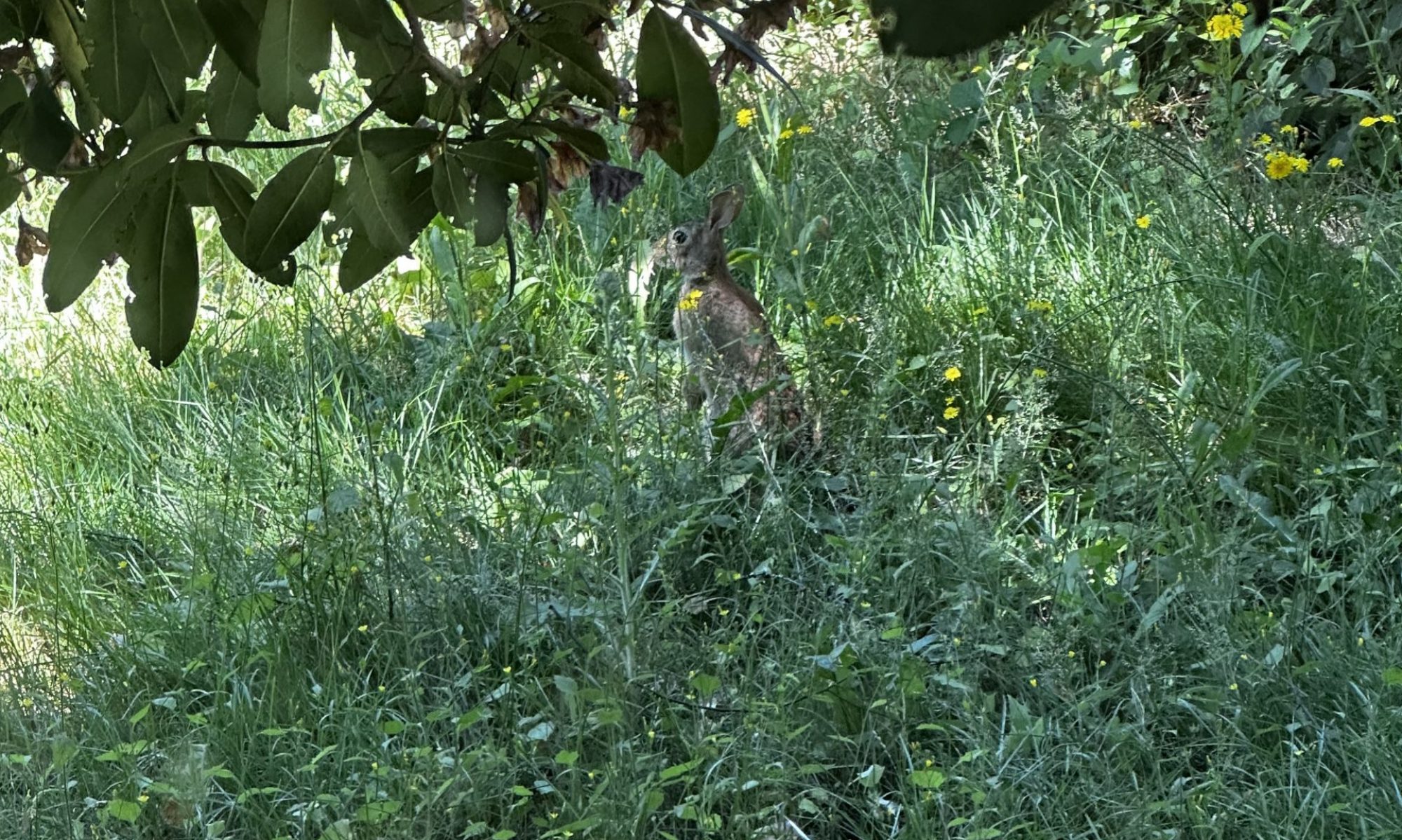The paradox of trauma is that it has both the power to destroy and the power to transform and resurrect. ~Peter A. Levine
If the sight of the blue skies fills you with joy, if a blade of grass springing up in the fields has power to move you, if the simple things of nature have a message that you understand, rejoice, for your soul is alive. ~Eleonora Duse
There is a sacredness in tears. They are not the mark of weakness, but of power. They speak more eloquently than ten thousand tongues. They are the messengers of overwhelming grief, of deep contrition, and of unspeakable love. ~Washington Irving
Earlier this week was Mother’s Day here in the United States. It’s a day that is mixed with many emotions for me personally, and there are few Mother’s Days I can look back on as 100% good or precious memories. Mother’s Day, for me, is a day of grief, a day of frustration, as well as a day of love.
I know for many this day can be a mixed a bag. Perhaps our mothers weren’t the mothers we needed them to be. Perhaps they have died. Perhaps we longed to be a mother and aren’t. Perhaps we never wanted to be a mother and are. Perhaps we desperately wanted to be mothers, are now, but are filled with frustration or regret. Perhaps this day brings other emotions up for us.
I know without a doubt, that Mother’s Day has never been about pleasure for me. It has historically not been a day just for or about me, as a mother. It has never been a day of rest or doing what I wanted. Last year was a particularly hard Mother’s Day filled with grief, heartbreak, anger, and frustration.
It is funny sometimes how much our lives, how much we, can change in a year. Twelve short months and we look back and wonder at the person we were, are in awe of the changes and shifts we’ve made, are surprised to see where we are now.
A truth is that I didn’t do a very good job of receiving on this day. Another truth is, I rarely spoke up and stated what exactly I wanted. I didn’t do a very good job of advocating for my own pleasure, for my own joy, for my own enjoyment.
I know why this is, of course. There was my own ingrained messages of how asking for what I want isn’t acceptable, that pleasure is bad, and then all the stories about whether or not I “deserved” or was “worth of” doing what pleased me.
The why I didn’t advocate for my own pleasure is a tangled web of complex trauma, fear, and shame. There is also a heavy dose of the narratives about wanting, about desire, about pleasure, saying they are all bad and only “bad people” want or desire any thing beyond what they have. Or more specifically that a woman should want, should desire, should seek pleasure in any form.
Desire, in an of itself, is a complex notion. We are all taught on so many levels to be thankful for what we have and that wanting more or different is not a good or healthy thing. I’ve written in the past about how the whole gratitude movement makes me want to scream, because at its roots can be shame around wanting more than what we have, in wanting different.
We can both appreciate all that we have and want something more, something different. It is possible to hold both, for both to be 1000% true.
Learning to explore our wants, our desires, has so many levels to it. Unraveling the indoctrination by our culture is one level. Looking at the ways our families approached desire and wanting is another. Examining the shame we carry from our childhood traumas is yet another layer.
We have learned from so many places that wanting is bad. That desire is bad. That we aren’t deserving or worthy of pleasure, of peace, of feeling full, nourished, complete.
We learn to strive, yes. To keep reaching for that carrot. But we aren’t taught to examine if that is the carrot we even want. We are sold an idea of what success looks like and if we don’t meet that standard then we are failures and that is even more proof of how unworthy and undeserving we are.
Slowing down and taking the time to unravel, explore, examine, and experiment with what we actually want, what we truly desire, what brings us undeniable pleasure is no easy feat in and of itself. Learning to allow ourselves to experience pleasure, joy, fun – takes practice, time, intention. And yes, coming home into our bodies.
Learning to be at home in our own skin, to tolerate both discomfort and pleasure, is an important part of the work. And it is not the whole of it all. We also need to consciously examine the stories we hold in our minds (and yes bodies), and practicing new ways of thinking, to do the work of growing new neuropaths and allow the old ones, where all these old stories live, to atrophy.
It is not easy work. And, as I have said many times before, I do believe it is deeply worth it.
/../
Embodied Writing :: Pleasure Edition is a seven week program where we will explore different aspects of pleasure, our internalized narratives about pleasure, and learning to reclaim pleasure as a part of our lives through stream of conscious writing and embodiment practices. To learn more click here.
To sign up for my weekly newsletter you can click right here.
